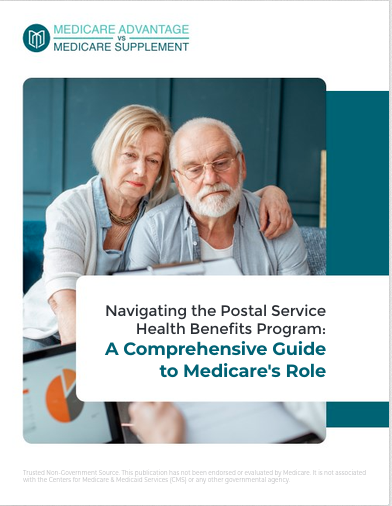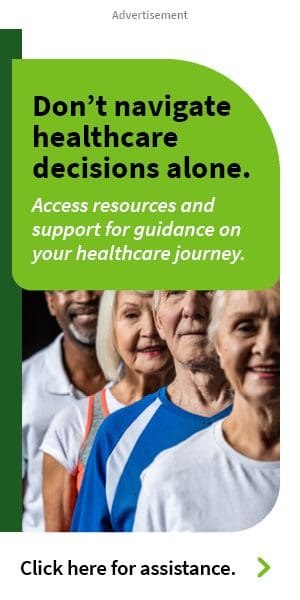Key Takeaways
-
The Medicare Part D prescription drug coverage has undergone significant changes in 2025, including the elimination of the coverage gap and a new out-of-pocket spending cap.
-
These changes could mean lower overall costs for your medications, but understanding how they apply to you is crucial for making the best healthcare decisions.
A New Era for Medicare Part D in 2025
If you’ve ever felt like navigating Medicare’s prescription drug coverage is like solving a puzzle, you’re not alone. Until recently, one of the most frustrating aspects of Medicare Part D was the infamous “donut hole” – a gap in coverage that left many paying significantly more out-of-pocket for their medications. But as of 2025, that’s no longer the case.
This year marks a major shift in how Medicare covers prescription drugs, with changes designed to lower costs and simplify coverage. Whether you’re already enrolled in a Part D plan or considering your options, understanding these updates is essential to making informed healthcare decisions.
The End of the Donut Hole: What It Means for You
For years, the Medicare Part D coverage gap—better known as the donut hole—left beneficiaries in a tough spot. Once your drug costs reached a certain amount, you had to pay a larger percentage of your medication costs until reaching the catastrophic coverage threshold. This meant an unpredictable jump in expenses for many seniors.
Starting in 2025, that gap is officially gone. Instead of dealing with multiple coverage phases, your out-of-pocket spending is now capped at $2,000 per year for covered prescription drugs. Once you hit this amount, your Part D plan will cover 100% of your medication costs for the rest of the year.
The $2,000 Cap: A Game-Changer
Previously, Medicare Part D had a catastrophic phase where beneficiaries would still pay 5% of their drug costs even after hitting the spending threshold. With the new $2,000 out-of-pocket cap, this additional cost-sharing is eliminated. This change is particularly impactful for individuals with high-cost prescriptions who previously faced thousands of dollars in expenses beyond the old catastrophic threshold.
Who Benefits the Most?
-
If you take expensive specialty medications, you could see significant savings compared to previous years.
-
If you’ve struggled with high out-of-pocket drug costs, this new cap ensures better predictability in your annual healthcare expenses.
-
If you rely on multiple prescriptions throughout the year, you won’t have to worry about sudden price increases after reaching the donut hole.
Medicare Prescription Payment Plan: A New Way to Pay
To help make the new out-of-pocket cap even more manageable, Medicare is introducing a Prescription Payment Plan in 2025. This option allows you to spread your out-of-pocket drug costs over 12 months rather than paying large amounts all at once.
How Does It Work?
-
Instead of paying your entire out-of-pocket costs upfront, you can enroll in the plan and divide your payments into equal monthly installments.
-
This can help you budget more effectively and avoid financial strain from expensive medications.
-
Enrollment in this payment plan is optional, and you’ll need to sign up through your Part D plan if you choose to participate.
What’s Changing with Part D Premiums and Deductibles?
While the changes to the coverage gap and out-of-pocket cap are big news, it’s also important to consider how premiums and deductibles factor into your overall costs.
2025 Medicare Part D Deductible
The maximum annual deductible for Part D plans in 2025 is $590, meaning you’ll need to pay this amount before your plan begins covering costs. Some plans may have a lower deductible, but they cannot exceed this limit under federal regulations.
How Part D Premiums May Be Affected
Medicare Part D premiums can vary depending on your specific plan and location. While some enrollees may see stable or slightly lower premiums, others might experience modest increases due to enhanced coverage benefits.
Since premiums differ by provider, it’s important to review your Annual Notice of Change (ANOC) to understand how your specific plan’s costs may have changed for 2025.
The Role of Medicare Extra Help (LIS) in 2025
If you have limited income, you might qualify for Medicare Extra Help, also known as the Low-Income Subsidy (LIS) program. This program reduces or eliminates your Part D premium, deductible, and copayments.
Expanded Eligibility in 2025
-
More people now qualify for full benefits under Extra Help, thanks to updated income and asset limits.
-
If you previously received partial Extra Help, you may now receive full benefits instead.
-
This means even lower out-of-pocket costs on prescription drugs, with many generic medications available for as little as a few dollars.
If you think you might be eligible, you should check with Social Security or Medicare to apply for assistance.
How to Prepare for Open Enrollment
With these changes in place, it’s more important than ever to review your Part D plan during Medicare’s annual Open Enrollment Period, which runs from October 15 to December 7. This is your chance to:
-
Compare different Part D plans to ensure your current plan still meets your needs.
-
Check how your medications are covered and whether any formulary changes could impact your costs.
-
Explore whether switching plans could save you money under the new structure.
Why It’s More Important Than Ever to Stay Informed
Medicare’s 2025 prescription drug coverage changes are designed to provide more financial relief and predictability for enrollees, but it’s still up to you to ensure you’re making the most of these benefits.
Staying informed about your out-of-pocket costs, coverage options, and eligibility for assistance can help you avoid unexpected expenses and maximize your healthcare savings. By reviewing your plan each year and considering your options, you can make sure you’re getting the best possible coverage for your prescription needs.
Ready to Navigate Your Medicare Choices? Get Help Today
If you’re unsure about how these changes affect your specific situation, talking to a licensed agent listed on this website can help you understand your options. A professional can guide you through plan comparisons, enrollment decisions, and ways to minimize your prescription drug costs in 2025.









